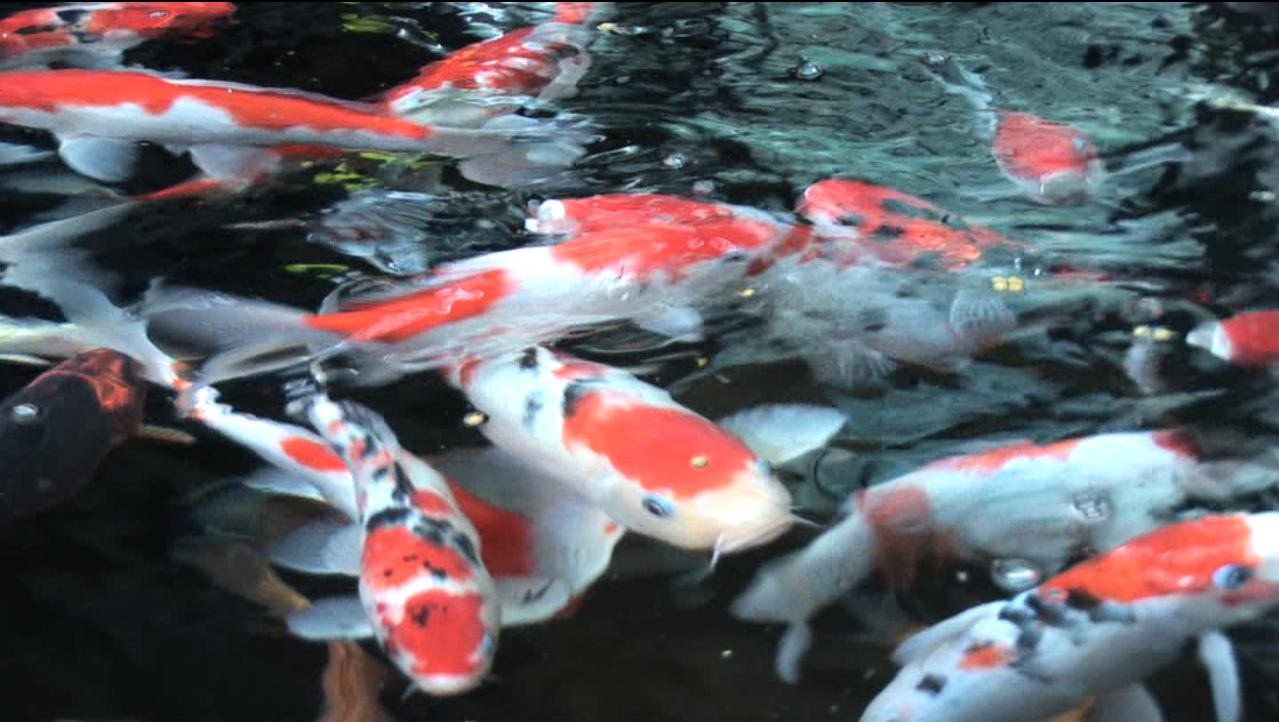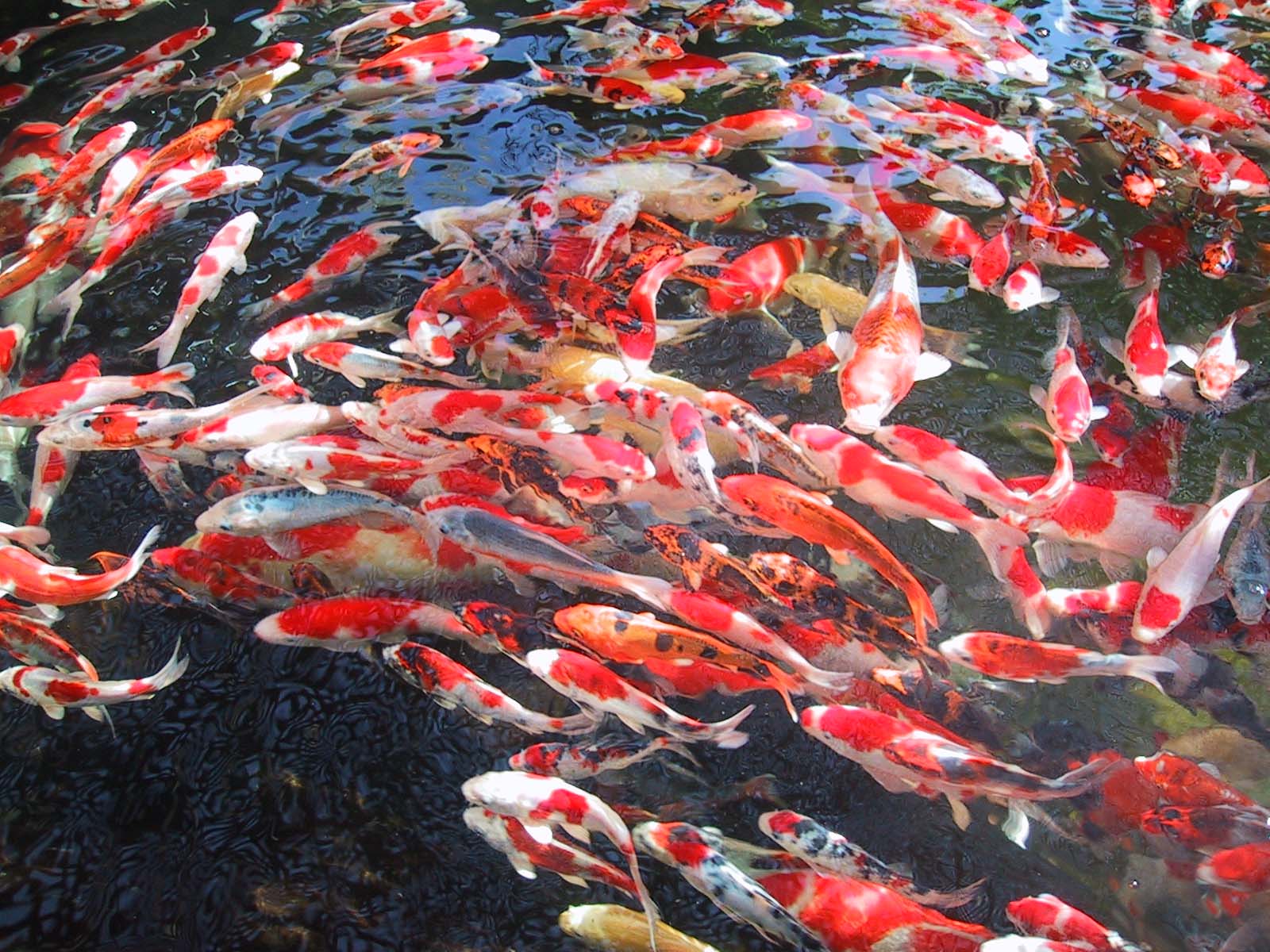The Ultimate Guide to Building the Best Japanese Koi Pond
Introduction
A koi pond is a beautiful and peaceful addition to any garden or backyard. Not only do these ponds enhance the aesthetics of your outdoor space, but they also provide a serene environment where you can relax and unwind. And if you’re looking to add a Japanese touch to your koi pond, then you’re in for a treat!
In this article, we’ll show you how to create the best Japanese koi pond by covering various aspects such as design, construction, and maintenance. So let’s get started!
Designing Your Japanese Koi Pond
The first step towards building the best Japanese koi pond is to plan its design. Here are some key factors to consider when designing your pond:
- Location: The location of your pond is crucial. You should choose an area with ample sunlight, away from trees that may drop leaves and other debris into the pond.
- Size: Your koi pond should be big enough to accommodate your fish and any other aquatic plants you want to include. Ideally, a minimum of 1000 gallons should be sufficient.
- Depth: The depth of your pond will determine the type of koi you can keep. For example, if you want to keep larger koi, your pond should be at least 4 feet deep.
- Materials: You’ll need to choose the right materials to construct your pond. The most popular options are concrete, fiberglass, and rubber liner.
- Layout: Japanese koi ponds are known for their unique designs, which typically feature a central island or bridge. You can also add other features such as waterfalls, rocks, and plants to enhance the pond’s beauty.
Constructing Your Japanese Koi Pond
Once you’ve designed your koi pond, the next step is to start construction. Here’s how you can go about it:
- Excavation: Depending on the size and depth of your pond, you may need to hire a professional to excavate the area first.
- Lining: Once the excavation is complete, you can lay down the liner and start filling the pond with water.
- Filtration: Filtration is a critical component of any koi pond. You’ll need to install a filtration system to keep the water clean and clear. This can be achieved through a combination of mechanical, biological, and chemical filtration.
- Heating and Aeration: Depending on your location, you may need to install a heating system to maintain the water temperature. Aeration is also essential for keeping the water oxygenated and healthy for your fish.
- Landscaping: Once the basic construction is complete, you can start adding landscaping features such as rocks, plants, and other decorative elements to enhance the overall look and feel of your pond.
Maintaining Your Japanese Koi Pond
Now that your Japanese koi pond is up and running, it’s important to keep it well-maintained to ensure the health and happiness of your fish. Here are some tips for maintaining your pond:
- Water quality: Testing the water regularly is crucial for maintaining optimal water quality. You can use kits to test for pH, ammonia, nitrate, and other parameters.
- Feeding: Feeding your koi the right amount and type of food is essential for their health. Consult with an expert to determine the right feeding schedule and portion sizes.
- Cleaning: Regularly removing debris such as leaves and algae from the pond is crucial for maintaining water quality. Use skimmers and other tools to clean the pond.
- Winterizing: In colder climates, you’ll need to winterize your pond to prevent freezing and damage to your fish. This may include using a de-icer or moving your fish to an indoor tank.
Conclusion
Building the best Japanese koi pond requires careful planning, construction, and maintenance. With the tips and guidelines provided in this article, you should be well-equipped to create a beautiful and serene pond that will be the envy of your neighbors. Remember to enjoy the process and take pride in your creation!






